GKS Laser Scanning Helps 3M Correct Face Shield Design in Mid-Project
22nd February 2009
Source:
Flomerics
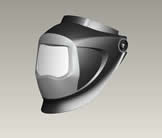
The need for safety, security, and the protection of people working in facilities around the world is increasing every day. 3M’s Occupational Health and Environmental Safety (OH&ES) division was tasked with developing a new face shield for welders. About half-way through the design and prototyping phase, 3M realized they needed to improve the aesthetics of the design and needed new CAD data to revise the model.
The traditional design trial-and-error method of altering the CAD model was too time- consuming and expensive for the project’s targeted release and budget. “We decided to take an approach like the automotive industry does and make a clay model of the shield to address aesthetic concerns,” said a Product Development Specialist at 3M. A clay model would increase the speed and accuracy with which changes could be implemented in the shield to bring the project back in line with the design intent.
The Solution:
3M sent a picture of the clay welding shield mock-up to laser scanning service bureau, GKS Inspection Services. The idea was to scan the left half of the model, and from that, use the point cloud to guide the creation of the new surfaces in CAD and mirror them to the other side, thus saving scan time and insuring a balanced design. Also, the 3M CAD engineer needed 3D curves created at some of the surface intersections and orientated to an origin at a specified location.
Laser scanning projects a line of laser light onto surfaces while cameras continuously triangulate the changing distance and profile of the laser line as it sweeps along, the problem of missing data on an irregularly shaped surface is eliminated. The laser measures fine details and captures complex freeform geometry so that the object can be exactly replicated.
Results:
3M received the complete scan data and CAD model of the redesigned face shield in a few hours. From there, the 3M designers could finalize the design in 3D CAD which would be used directly to cut the molds for the face shield.
“We definitely cut our time and costs with laser scanning,” commented 3M. “The traditional trial-and-error method of CAD iterations is expensive and takes much more time. I estimate we saved from $3000-$5000 in CAD modeling time by using GKS and 3D laser scanning instead.”
The face shield redesign was required due to aesthetic considerations, so details were of utmost importance and 3D laser scan data is intrinsically very accurate and detailed. The subtleties were not lost in the CAD generated from the laser scan files.
Within two days 3M had created a rapid prototype of the face shield and was able to obtain confirmations from all parties involved at 3M. “With a major design correction coming half-way through the project, it was difficult to stay on track and within budget. For us, laser scanning at GKS was the creative tool that got our program back on target time-wise and financially.”
The Solution:
3M sent a picture of the clay welding shield mock-up to laser scanning service bureau, GKS Inspection Services. The idea was to scan the left half of the model, and from that, use the point cloud to guide the creation of the new surfaces in CAD and mirror them to the other side, thus saving scan time and insuring a balanced design. Also, the 3M CAD engineer needed 3D curves created at some of the surface intersections and orientated to an origin at a specified location.
Laser scanning projects a line of laser light onto surfaces while cameras continuously triangulate the changing distance and profile of the laser line as it sweeps along, the problem of missing data on an irregularly shaped surface is eliminated. The laser measures fine details and captures complex freeform geometry so that the object can be exactly replicated.
Results:
3M received the complete scan data and CAD model of the redesigned face shield in a few hours. From there, the 3M designers could finalize the design in 3D CAD which would be used directly to cut the molds for the face shield.
“We definitely cut our time and costs with laser scanning,” commented 3M. “The traditional trial-and-error method of CAD iterations is expensive and takes much more time. I estimate we saved from $3000-$5000 in CAD modeling time by using GKS and 3D laser scanning instead.”
The face shield redesign was required due to aesthetic considerations, so details were of utmost importance and 3D laser scan data is intrinsically very accurate and detailed. The subtleties were not lost in the CAD generated from the laser scan files.
Within two days 3M had created a rapid prototype of the face shield and was able to obtain confirmations from all parties involved at 3M. “With a major design correction coming half-way through the project, it was difficult to stay on track and within budget. For us, laser scanning at GKS was the creative tool that got our program back on target time-wise and financially.”
Similar articles
More from Flomerics
- Laser Design Offers SLP-500 High-Speed Laser Probe 14th May 2009
- Simulation Helps Develop Spray Gun with 50% Larger Pattern in Significantly Less Time 30th April 2009
- Giles Gaskell Joins Laser Design & GKS Inspection Services Team 17th March 2009
- Embedded CFD Helps Reduce Number of Thermal Prototypes from Up to 12 to 1 4th March 2009


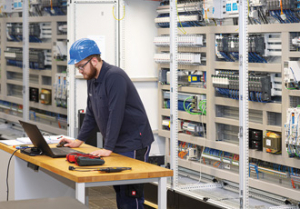
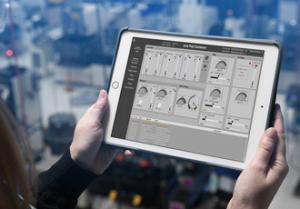
 technology at Jacobs Vehicle Systems.JPG)
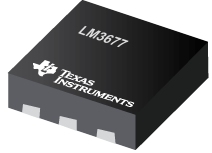

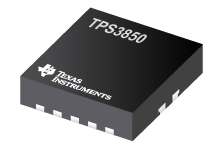
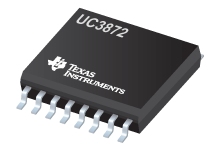
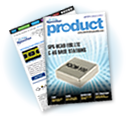
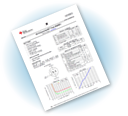

Write a comment
No comments